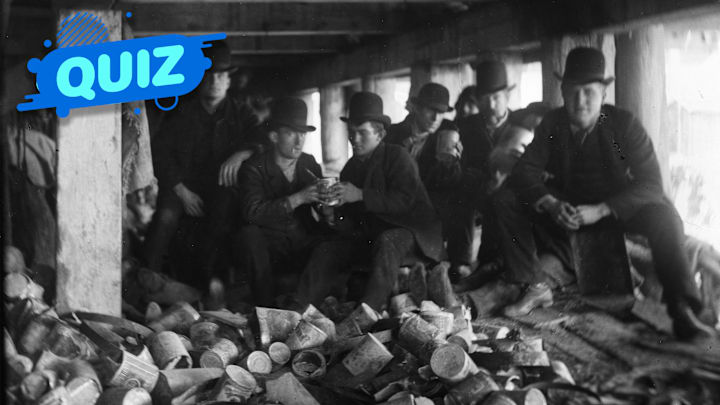Street gangs have always been a formidable part of society, with a brotherhood (and sometimes sisterhood) of associates criminally conspiring to gain money or influence through illicit means. Often, their names reflect the seriousness of their intent. (Biker gangs have this locked down: Few would look forward to tangling with the Hells Angels, Mongols, or Outlaws.)
Some of history’s more famous street gangs sound slightly less imposing now. See if you can figure out which of these names belonged to a real 19th-century group:
Names are an integral part of a gang’s overall identity, which can be crucial when attempting to establish a reputation—and influence—in a community. In the mid-1800s, the infamous Bowery Boys of New York dressed stylishly when clashing with rivals or while practicing voter intimidation. Others ran on pure sadism. One member of the Whyos, “Piker” Ryan, was once caught carrying a price list for various services. Biting an ear was $15, while murder ran $100.
Having a price list for murder and maiming aside, defining what is and isn’t a gang can be subjective. The Department of Justice states that a gang consists of “three or more individuals who adopt a group identity in order to create an atmosphere of fear or intimidation” with a “primary purpose to engage in criminal activity and the use of violence or intimidation to further its criminal objectives and enhance or preserve the association’s power, reputation, or economic resources.”
While plenty of street gangs fit the criteria, the DOJ once caused an uproar by applying the label to an unlikely group: In 2011, they announced that the Juggalos, the ardent fans of the rap duo Insane Clown Posse, were technically a “loosely organized hybrid gang.” ICP and the Juggalos refuted the accusation.
Take Our Latest Quizzes:
